With Trump's support, will the limit on state and local tax deductions finally be lifted?
Published in Political News
WASHINGTON — Raising the limit on state and local tax deductions significantly would save most lower- and middle-class taxpayers anywhere from nothing to a few hundred dollars, a new study from the nonpartisan Tax Policy Center found.
But wealthier taxpayers would see a bigger break.
House Republicans, with the support of President Donald Trump, are trying to craft legislation in Congress that would continue the big tax cuts passed in 2017 during Trump’s first term. Most of those changes expire at the end of this year.
Senate budget writers plan to meet Thursday to formally begin the process by producing a broad outline of a budget for fiscal 2026, which begins Oct. 1. The House had hoped to do the same this week, but its timetable is uncertain. Details of the tax legislation will be ironed out later this year.
The expiring 2017 tax law put a $10,000 limit on how much a taxpayer could deduct from their federal taxes for state and local taxes. That was a blow to a lot of people in higher tax states such as California.
Now, though, there’s optimism that new legislation will allow the limit to go up. Trump wants the cap lifted, and influential Republicans from high-tax states are seeking change.
So is California Gov. Gavin Newsom.
“I’ve had multiple conversations with the president on this over many years, and his position is well known ... so we’re aligned on that,” the governor told The Bee during his visit to Washington last week.
Newsom met with Trump last week, primarily to discuss federal disaster aid for wildfire victims. But Newsom said that “of all the issues this (the tax deduction) is one where he’s deeply wired in terms of consciousness and understanding of its nuances.”
Californians hit hard
In California, the average state and local itemized tax was $16,235 in Sacramento County, according to a Tax Foundation study using 2020 tax return data.
In El Dorado County, state and local taxes averaged $22,607. Other averages were $17,419 in Fresno County; $19,484 in San Luis Obispo County; $13,220 in Merced County, and $15,898 in Stanislaus County. All those figures mean a lot of people could not deduct all of what they paid in state and local taxes.
The biggest obstacle to raising the limit has been its cost — an estimated $1.2 trillion over the next 10 years, according to the nonpartisan Committee for a Responsible Federal Budget. It branded the idea of lifting the SALT (state and local tax) cap “costly, discretionary and regressive.”
One popular alternative: Rep. Michael Lawler, R-New York, one of the leaders of the lift-the-cap group, has introduced legislation that would allow the deduction only on the first $100,000 for single filers and $200,000 for joint filers.
But that change would still provide more benefits to the very wealthy than to lower- and middle-class taxpayers.
Rich taxpayers benefit most
The Tax Policy Center estimated that less than 1% of households with incomes of less than $63,300 would benefit from the plan.
For those with incomes of $63,300 to $113,100, the average savings would be $1,060 this year, but only 2.6% of households in this group would benefit.
The changes among other income groups:
▪ Income of $113,100 to $205,800, average savings of $1,200 next year for the 12.9% of households in that income group that would qualify for a tax cut.
▪ $205,800 to $300,000, $1,840 average cut for the 34.1% who would benefit
▪ $300,000 to $432,800. $3,110 average cut for the 55.6% who would benefit
▪ $432,800 to $1.04 million. $7,390 average cut for the 77.5% who would benefit
▪ $1.04 million and above, $24,280 saved, 88% would benefit
It’s unclear how much support a new limit on the state and local tax deduction will garner. Lawler’s office said negotiations were ongoing.
Some relief has to be in a big tax bill, he said. “I will never support a tax bill that does not lift a cap on SALT,” he told a Politico Playbook forum recently.
Among the SALT skeptics are fellow Republicans eager to cut the federal debt and be able to say they cut taxes for the middle and lower classes. Sen. Josh Hawley, R-Mo., called lifting the cap “a big tax break to wealthy people on the coast.”
Rep. Young Kim, R-Anaheim, co-chair of Congress’ bipartisan SALT caucus, has introduced legislation to fully repeal the cap, but is open to other outcomes.
At the moment, the caucus, including Lawler, continues to fight for repeal. They met with Trump recently. Afterward, Kim and Rep. Anthony Garbarino, R-New York, another SALT caucus co-chair, were optimistic.
“Our constituents are burdened by the SALT cap,” they said in a joint statement, “and President Trump committed to addressing this issue for our districts.”
____
©2025 The Sacramento Bee. Visit at sacbee.com. Distributed by Tribune Content Agency, LLC.
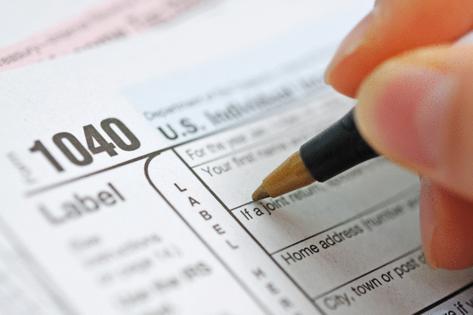






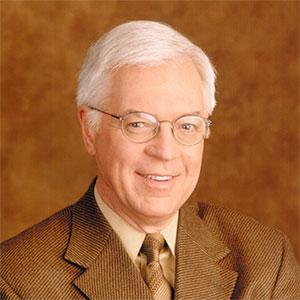

























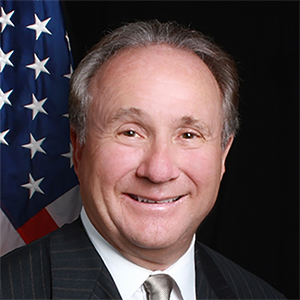

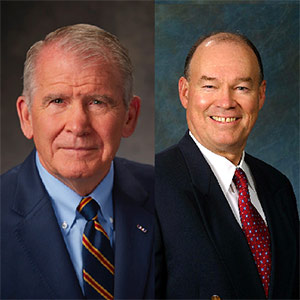




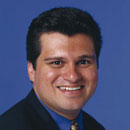












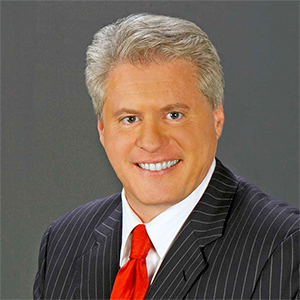






Comments